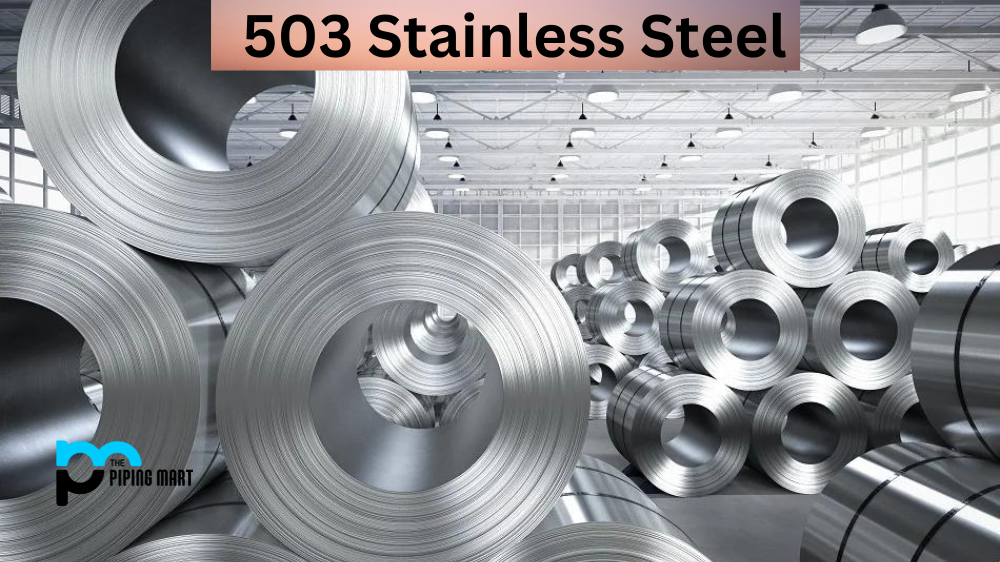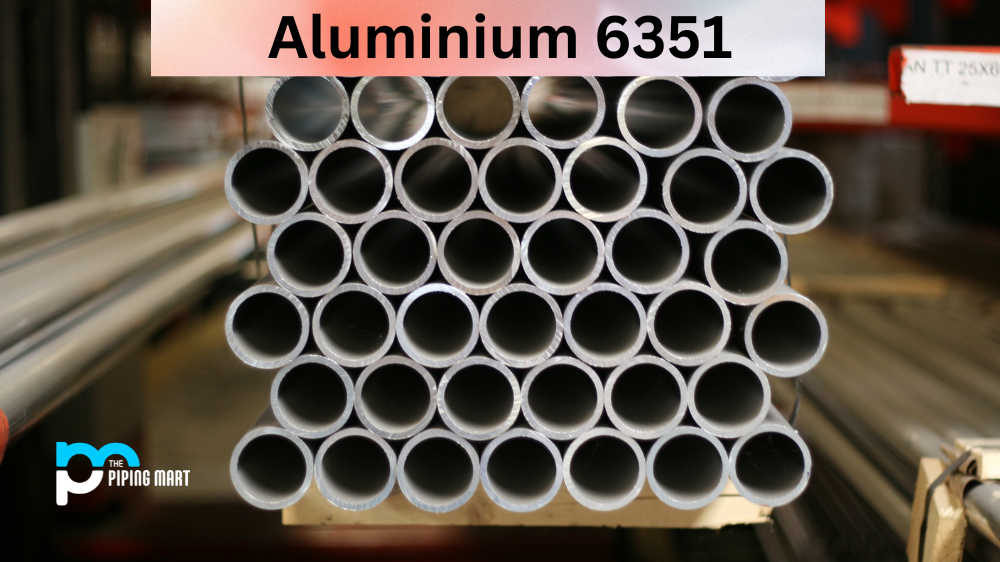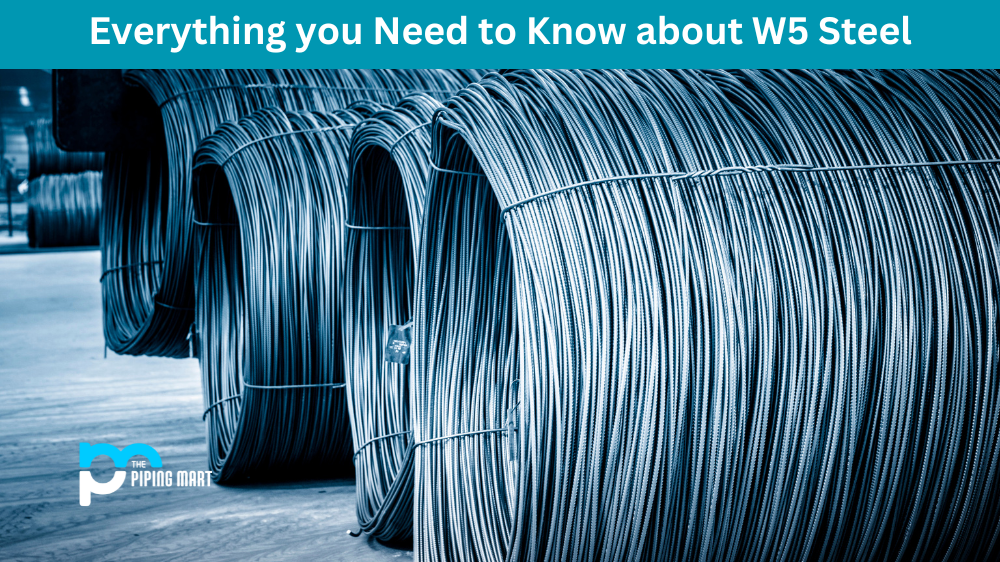Stainless steel has become an indispensable material for a wide range of applications. One type of stainless steel worth knowing more about is 503 stainless steel. While it may not be as popular as the more common 304 or 316 stainless steel, it still has unique properties that make it suitable for specific purposes. In this blog post, we will explore the composition and physical and mechanical properties of 503 stainless steel and its uses, hardness, heat treatment, welding, and corrosion resistance.
503 Stainless Steel Composition
503 stainless steel is a ferritic stainless steel composed of 16% to 18% chromium, 1.5% to 2.5% nickel, 0.08% carbon, and 1% manganese. It also contains trace amounts of phosphorus, sulfur, and silicon. This composition gives 503 stainless steel good corrosion resistance and low thermal expansion.
503 Stainless Steel Physical Properties
The physical properties of 503 stainless steel include a density of 7.7 g/cm³ and a melting point of 1427°C. Its coefficient of thermal expansion is low, which means it can withstand thermal cycling without cracking or warping. The thermal conductivity of 503 stainless steel is lower than austenitic stainless steel, making it suitable for applications requiring less thermal conductivity.
503 Stainless Steel Mechanical Properties
503 stainless steel has moderate strength and ductility, with a tensile strength of 450 MPa and a yield strength of 260 MPa. Its elongation at break is around 25%. The impact strength of 503 stainless steel is lower than austenitic stainless steel, which means it can be more brittle at low temperatures.
503 Stainless Steel Uses
503 stainless steel is often used in automotive exhaust systems, architectural applications, and industrial equipment. It is also used in household appliances, such as washing machines and dryers, providing good corrosion resistance and low thermal expansion.
503 Stainless Steel Hardness
The Rockwell hardness of 503 stainless steel is around B70, making it a relatively soft stainless steel. It is unsuitable for applications requiring high hardness but can still provide good wear resistance in certain conditions.
503 Stainless Steel Heat treatment
503 stainless steel can be hardened by heat treatment, which involves heating the material to a specific temperature range and then quenching it in water or oil. This process can increase the strength and hardness of 503 stainless steel, making it suitable for some applications.
503 Stainless Steel Welding
503 stainless steel can be welded using standard welding techniques, such as TIG and MIG welding. Using low heat inputs to prevent brittleness and maintain good corrosion resistance is important.
503 Stainless Steel Corrosion Resistance
503 stainless steel is resistant to most acids, alkalis, and atmospheric corrosion. However, it is less resistant to pitting and crevice corrosion than austenitic stainless steel, such as 316 stainless steel. It is important to avoid exposure to chlorides and other corrosive environments to prevent corrosion.
Conclusion
503 stainless steel is a ferritic stainless steel with good corrosion resistance, low thermal expansion, and moderate strength and flexibility. While it may not be as popular as other stainless steel, it still has unique properties that make it suitable for specific applications. Understanding its composition, physical and mechanical properties, uses, hardness, heat treatment, welding, and corrosion resistance can help you determine the right material for your project.

A passionate metal industry expert and blogger. With over 5 years of experience in the field, Palak brings a wealth of knowledge and insight to her writing. Whether discussing the latest trends in the metal industry or sharing tips, she is dedicated to helping others succeed in the metal industry.




